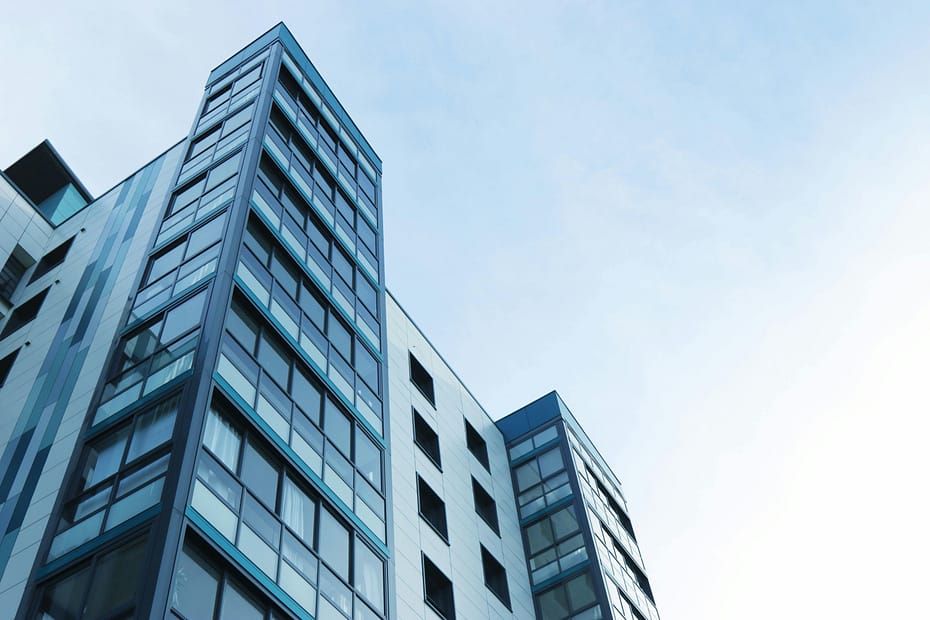Trends in the dynamic fields of interior design and architecture are always shifting, reflecting societal shifts in values, tastes, and lifestyles. Beyond the particular creatures that form this landscape, the inherent relationship between interior design and architecture continues to reveal itself. Therefore, providing an engrossing excursion into the domains of inventiveness, practicality, and artistic ingenuity.
Fluid Boundaries
The blurring of strict lines between internal and exterior architecture is one of the most alluring features of modern design. The collaboration of interior designers and architects is growing in order to produce smooth transitions between indoor and outdoor areas. This tendency blurs the boundaries between the natural and manmade environments. Therefore, improving both the visual consistency of a space and fostering a harmonious relationship with it.
Sustainable Sensibilities
The increasing awareness of environmental sustainability has had a big impact on interior and architectural design. The industry is changing as a result of advancements in sustainable building methods, energy-efficient technologies, and environmentally friendly building materials. In order to demonstrate their commitment to a more environmentally conscious and responsible future. Designers are adopting a holistic approach that smoothly incorporates sustainable components into both the exterior and interior areas.
Adaptive Reuse
Adaptive reuse projects are becoming more and more appealing to architects as a tribute to historical and environmental preservation. Historic homes, warehouses, and industrial buildings are being converted into energetic residences, workplaces, or cultural centers. This method not only revitalizes already-existing structures but also adds to the urban fabric’s feeling of narrative coherence.
Biophilic Design
Through the use of biophilic design concepts, the natural human connection to nature is being expressed in the world of design. By incorporating natural elements like indoor gardens, green walls, and plenty of natural light, architects and interior designers are producing places that improve wellbeing in addition to being aesthetically beautiful. This all-encompassing strategy puts the human experience in the built environment first. Therefore, encouraging peace of mind and a sense of belonging to the natural world.
Technological Integration
Architects and interior designers are coming up with creative ways to smoothly incorporate technology into their designs as it develops. Technology is improving buildings’ use and beauty through everything from augmented reality apps to smart home systems. In addition to being convenient, its integration creates new avenues for artistic expression within the design realm.
Conclusion
Examining changing trends in the intriguing fields of architecture and interior design reveals a larger story of inventiveness, practicality, and adaptation than just focusing on particular projects. The fascinating field of architecture and interior design is where innovation and aesthetics combine, influencing how we experience and interact with our built environment as the sector adapts to societal shifts and technology breakthroughs.
More on INJ Architects:

